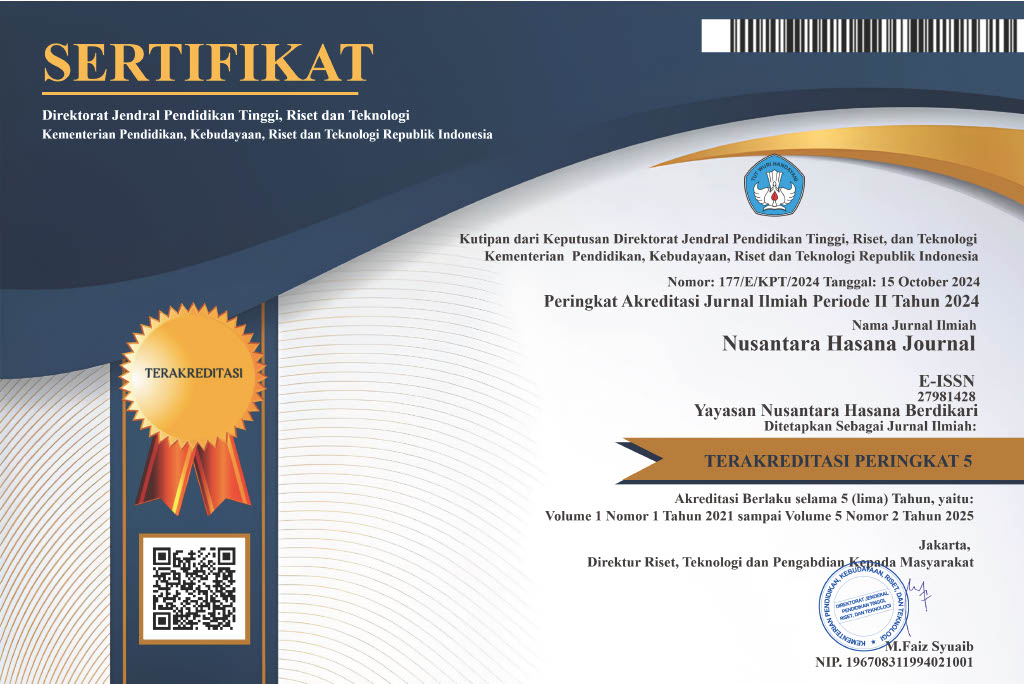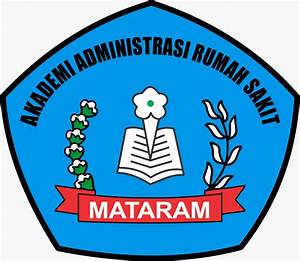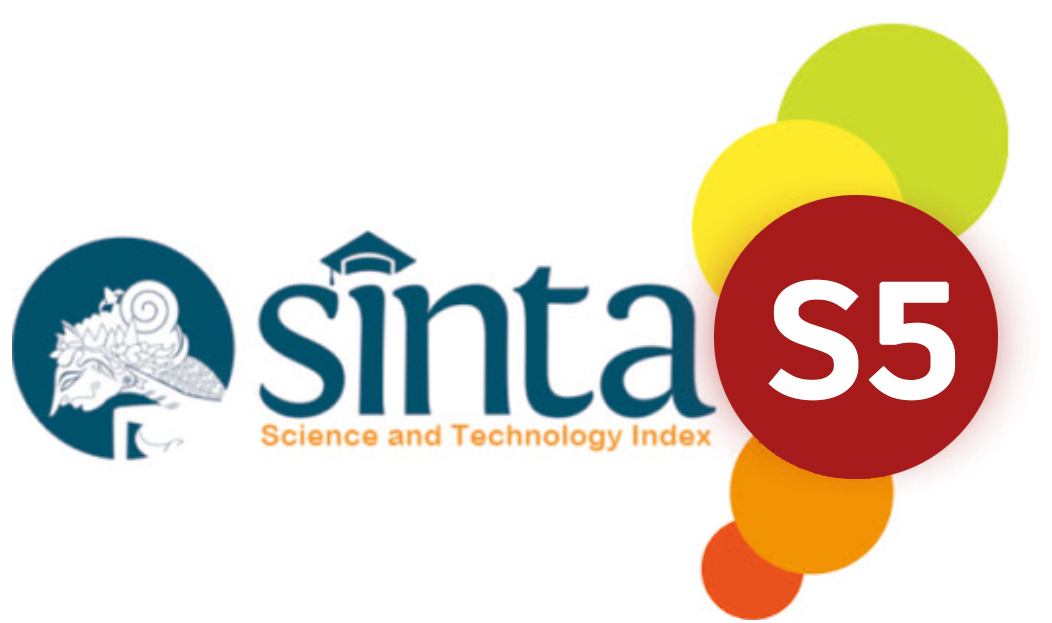EFEKTIVITAS FORUM PENATAAN RUANG DAERAH PADA PROSES REVISI RENCANA TATA RUANG WILAYAH KABUPATEN LAMANDAU PROVINSI KALIMANTAN TENGAH TAHUN 2023
DOI:
https://doi.org/10.59003/nhj.v4i12.1451Keywords:
Determination of Village Boundaries, Local Wisdom, Regional Autonomy, Government Administration, Legal Certainty, Community Participation, Mapping TechnologyAbstract
This study aims to assess the effectiveness of the Regional Spatial Planning Forum (FPRD) in supporting the revision process of the Regional Spatial Plan (RTRW) of Lamandau Regency in 2023. FPRD plays an important role as a collaborative forum for stakeholders to provide input, criticism, and suggestions that can improve regional spatial planning that is more inclusive and sustainable. Using a mixed approach, this research combines quantitative methods with descriptive surveys and qualitative methods through exploratory data analysis. Data was collected through questionnaires, interviews, and documentation related to the RTRW revision process. The results of the analysis show that FPRD has a high level of effectiveness in the aspects of cross-sectoral coordination, active community participation, and the quality of recommendations relevant to regional development. Reliability test results showed a Cronbach's Alpha value of 0.96, indicating excellent consistency in the questionnaire instrument. The findings also revealed that collaboration between local government, community, and private sector through FPRD is very effective in achieving decisions that are responsive to sustainable development needs. However, the research also identified several obstacles, such as the technical capacity of FPR members and inter-agency coordination mechanisms that need to be improved. Overall, this research confirms the strategic role of FPRD in strengthening a more transparent, inclusive and accountable RTRW revision process
Downloads
References
Arnstein, S. R. (1969). A Ladder of Citizen Participation. Journal of the American Institute of Planners, 35(4), 216-224. [DOI: 10.1080/01944366908977225].
Arrozaaq, Dimas Luqito Chusuma 2017, ‘Studi tentang Kolaborasi Antarstakeholders dalam Pengembangan Kawasan Minapolitan di Kabupaten Sidoarjo’, Ilmu Administrasi Negara, FISIP, Universitas Airlangga.
Barton, H., Grant, M., & Guise, R. (2003). Shaping Neighbourhoods: A Guide for Health, Planning and Design. Routledge.
Denhardt, R. B. (2008). Public Administration: An Action Orientation. Wadsworth.
Gorzym-Wilkowski, W. A. (2017). Spatial Planning as a Tool for Sustainable Development. Barometr Regionalny. Analizy i Prognozy.
Healey, P. (2006). Collaborative Planning: Shaping Places in Fragmented Societies. Palgrave Macmillan.
Kooiman, J. (2003). Governing as Governance. Sage Publications.
Okeke, D. (2015). Spatial Planning as Basis for Guiding Sustainable Land Use Management. WIT Transactions on State-of-the-art in Science and Engineering.
Rhodes, R. A. W. (1997). Understanding Governance: Policy Networks, Governance, Reflexivity and Accountability. Open University Press.
Sayer, J., & Bawa, K. (2014). Conservation and Development: A Contextual Approach. Cambridge University Press.
Taleshi, M., & Bisheii, S. (2015). Spatial Planning Approach: An Efficient Pattern for Accessing Territorial Sustainable Development. Political Economy - Development: Environment eJournal.
United Nations (2015). Transforming our world: the 2030 Agenda for Sustainable Development. United Nations.
Widodo, S., & Suharto, B. (2020). Perencanaan Kolaboratif dalam Revisi RTRW: Perspektif Teoritis dan Praktis. Jurnal Tata Ruang, 5(3), 102-115.
Yusuf, M. (2018). Partisipasi Masyarakat dalam Proses Perencanaan Tata Ruang: Studi Kasus Forum Penataan Ruang Daerah Kabupaten Lamandau. Jurnal Perencanaan Wilayah dan Kota, 12(1), 45-58.
Downloads
Published
How to Cite
Issue
Section
License
Copyright (c) 2025 Wiwit Widi Nugroho

This work is licensed under a Creative Commons Attribution-NonCommercial-ShareAlike 4.0 International License.
NHJ is licensed under a Creative Commons Attribution-NonCommercial-ShareAlike 4.0 International License.
Articles in this journal are Open Access articles published under the Creative Commons CC BY-NC-SA License This license permits use, distribution and reproduction in any medium for non-commercial purposes only, provided the original work and source is properly cited.
Any derivative of the original must be distributed under the same license as the original.
























